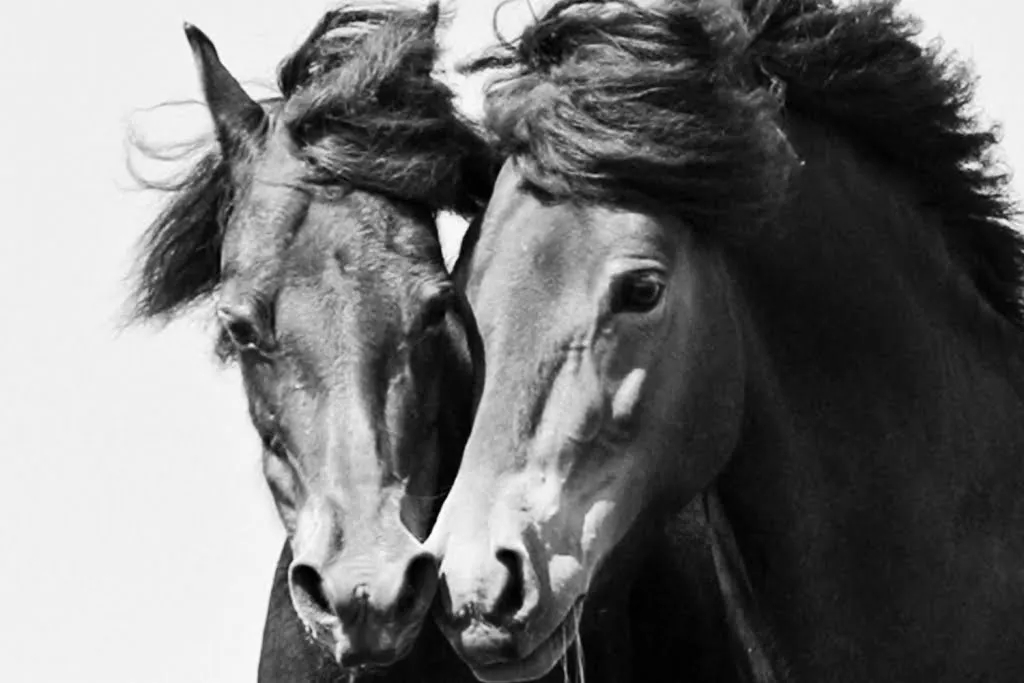Menu

Summer is for 50% of the imported Icelandic horses synonymous with eczema. The horse gets an itchy and scaly rash in the mane and on the tail, and large bald spots appear. There is no doubt that it is a nuisance to the horse. So how do you best help your Icelandic horse het through a summer without eczema?
Summer eczema is an allergic skin reaction that returns summer after summer. The rash occurs in the horse's mane, tail root and on its stomach and back. The eczema is caused by insect bites from mites that do not live in Iceland. This means that the horse has not developed antibodies against it. Icelanders raised outside of Iceland can also develop summer eczema. But the disorder, which can reduce a horse's value by 50 percent, is far more prevalent among the Icelandic horses imported from the island.
You may also like to read: The Icelandic horse: A versatile and friendly legend
Horses that develop summer eczema cannot infect other horses with the disorder. There are indications that hereditary factors play a role in why some horses get eczema while others do not. It is also known with certainty that horses imported from Iceland in the winter have a greater risk of developing summer eczema than those imported in the summer. It is recommended to have a diagnosis made by a veterinarian if you are in doubt about whether your Icelandic horse has the disease.

If your Icelander has summer eczema, you probably will not be in doubt. But it can be very different how strong they react. If the eczema is not treated, however, it can result in what starts with skin changes in the mane and tail region, for example dandruff. This can be followed by redness and the formation of small fluid-filled blisters and eczema, with leakage of fluid that dries into yellowish crusts.
This can lead to the horse starting to itch a lot by, among other things, rubbing man and tail. As a result, the hair is worn down and the skin becomes even more irritated. If you, as the owner, do not react in time, the hair will be worn off completely, and the skin will be thick and leathery.
It is known that in addition to the lack of antibodies which means that the Icelandic horse reacts to bites from mites, certain factors in the claim can affect the horse's condition. If you want to make your horse more resilient, you must therefore make sure that it does not get too much egg white. It is found in oats, grass and alfalfa. Also, make sure your horse is getting enough minerals and vitamins.
Basically, it may be a good idea to try to eliminate the causes of the allergic reaction - the mites. If your Icelandic horse is prone to developing summer eczema, you should avoid letting it onto low humid areas with scrub and stagnant air. This is where the center concentration is greatest. Instead, try to find areas where wind conditions are good and there are no damp areas.
The article here is brought in collaboration with Anja Thorup Jensen from Moderne Hestehold. You can read the entire detailed guide at modernehestehold.dk